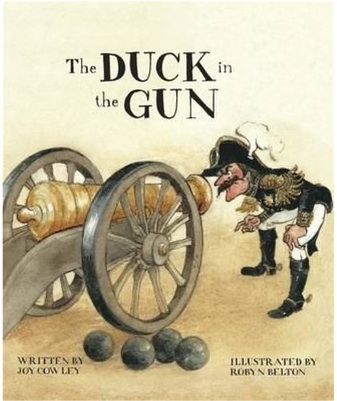war and peace - 13 books that show the best of human responses, gently, but without whitewashing
/ages early childhood to teen, selectively / collections, conversation starters, powerful lives, read-it-before-you-need-it, s.o.s.e.
With so very many heartbreaking images on our airwaves and in print, we thought it might be helpful to provide a small collection of favourite stories that help to develop a narrative around war.
Talking about war is important in times when war is prevalent and proximate, if only through our televisions, but it also matters in times when we remain blissfully unaffected by war.
Of course, war is fascinating to many children and teens, but that doesn't necessarily point to a morbid fascination. A child or teen's fascination with war often points to a fascination with (and grappling with) big ideas like freedom, peace, liberty and big questions like: what is more important than life itself?
Stories support that grappling. They give us insights into how people respond when important things are threatened. And they give us a chance to assess those responses.
While we would probably wish that the world’s political leaders spent a little more time assessing their responses to conflict, the ability to assess responses before acting is also vital in our own everyday lives – in families, schools, workplaces and friendships. And a child will be so much more resourced to make assessments and in-the-moment decisions when there is a reservoir of narrative to draw on.
Stories of war, read aloud, also help to make war real – to take it out of the realm of video games and action heroes and into the real life of characters we care about.
And with carefully chosen stories, a respect for the reality of the effects of war also develops. Chosen war stories should always be sober – not necessarily solemn, but they should always allow for the full weight of the story.
Generally, picture books about war show one person taking an important stand. A stand that sometimes appears hopeless but ultimately makes a difference. There may not be a completely peaceful resolution, but there is always good that would not have been, without one strong individual.
In The Kites are Flying, Said is the one. In The Librarian of Basra, it’s Ali Muhammad Baker. In Let the Celebrations Begin, it is a small group of ostensibly powerless women.
And in everyday life it means that I too can take action – I can stand up to the bully, I can speak the truth, I can defend the downtrodden in the playground, I can notice injustice. That’s where those big thoughts about freedom, peace, liberty and big questions intersect with everyday life.
The books I've chosen are mostly about rising above war – they’re about showing love in desperate times and in desperate ways, doing something however small, learning to see the ‘other’ in a new way, and remembering.
They don’t whitewash the effects of war, but they do show the best of human response responses to war.
I've included a really, really beautiful picture book that my family loves: Where Children Sleep by James Mollison. It's not a book about war but tremendously useful in making connections. Because surely, making connections is ultimately the remedy for war.
Click on the images for links to the reviews - and if we haven't done one yet, there's a short excerpt and a link to the bookseller with the best price.


















